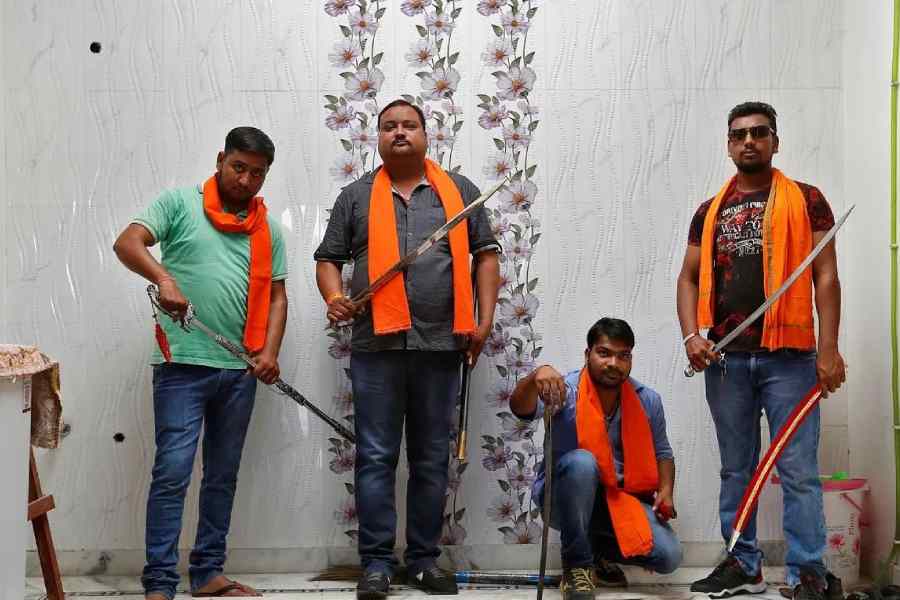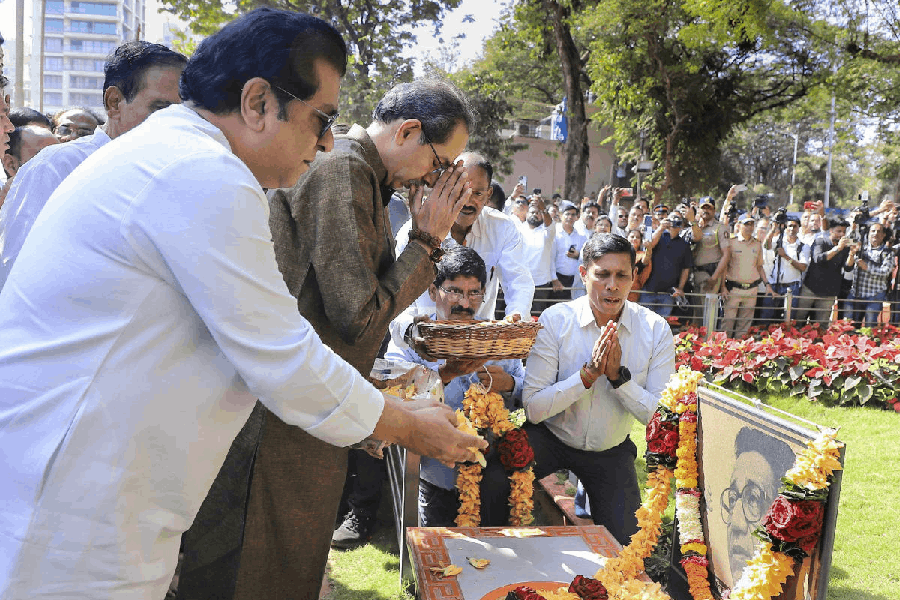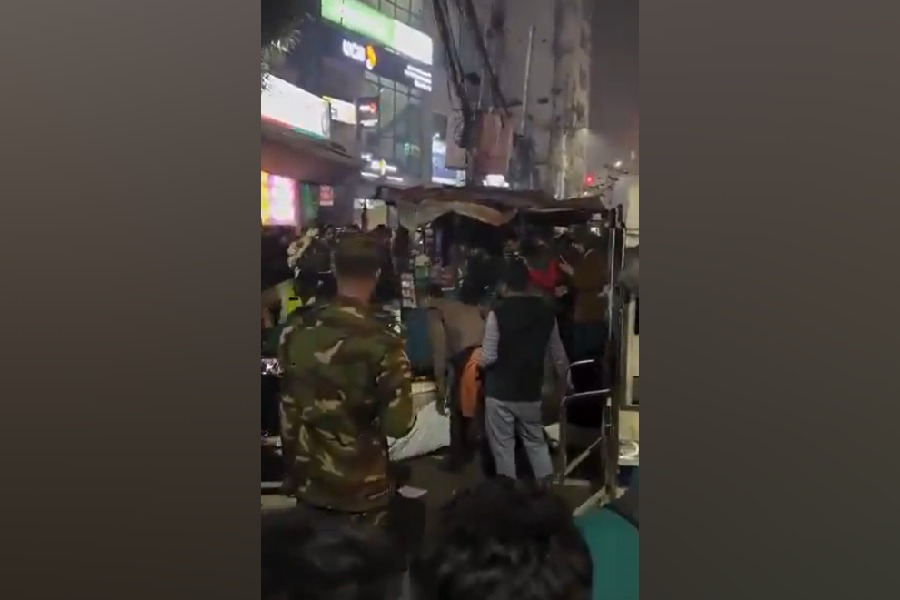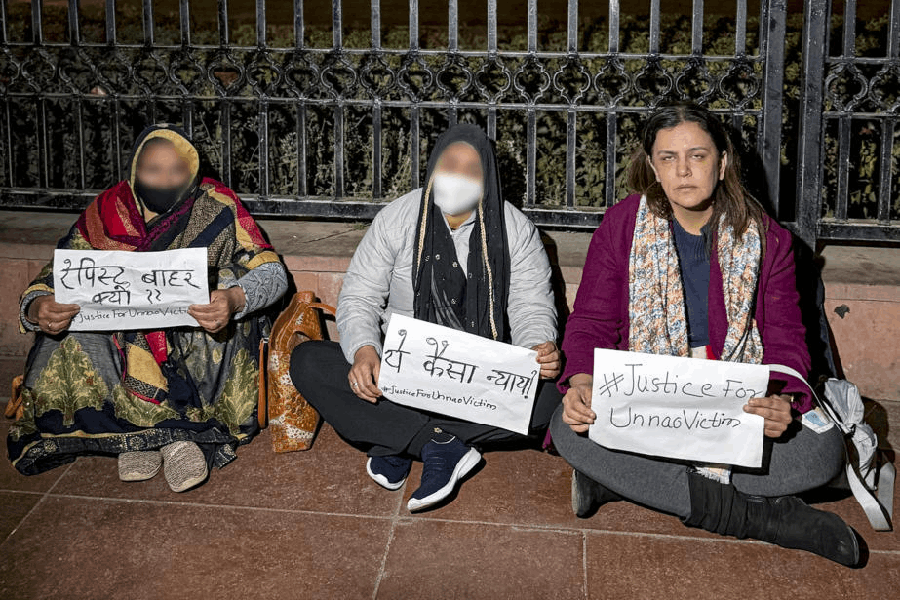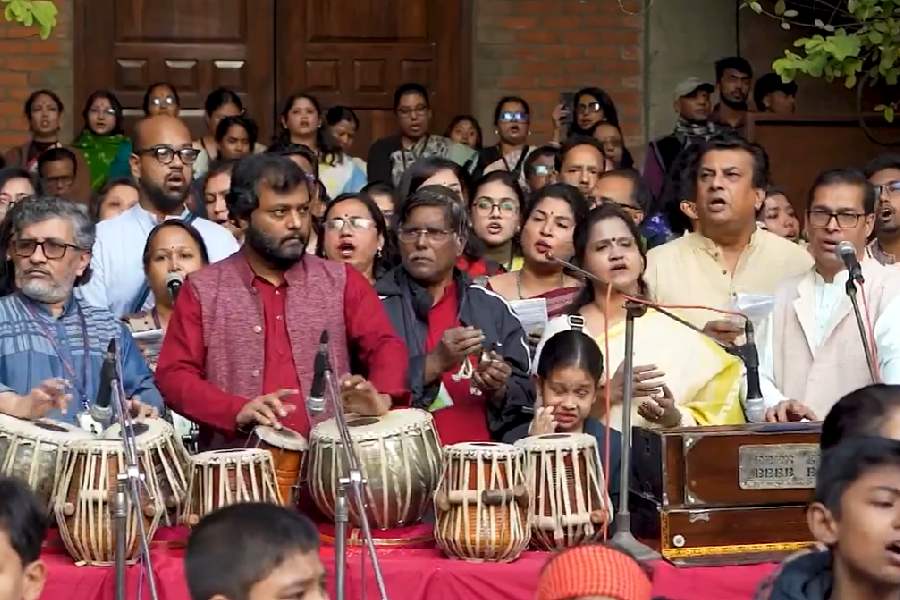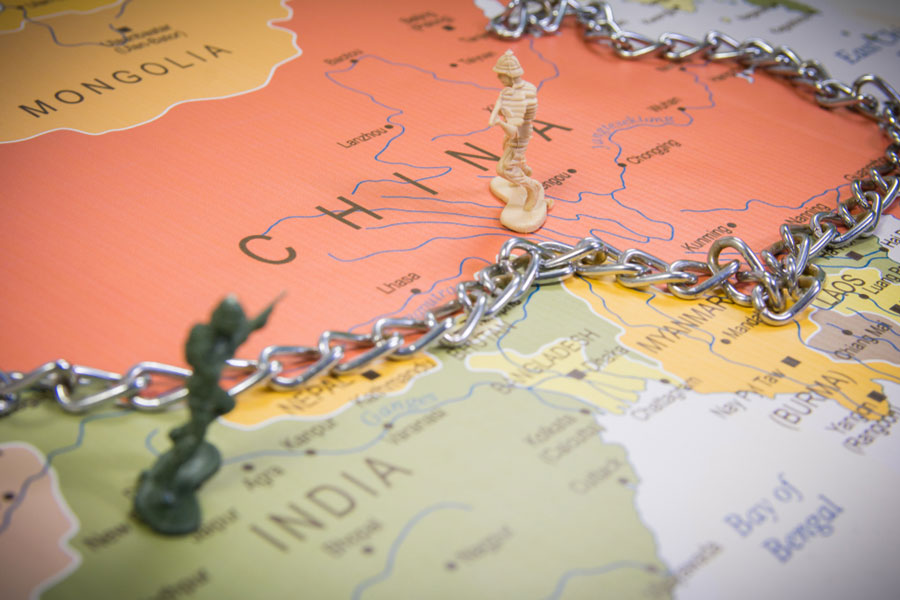THE REPUBLIC RELEARNT: RENEWING INDIAN DEMOCRACY, 1947-2024
By Radha Kumar
Vintage, Rs 999
Written during what will be remembered as the twilight of the idol or the confusing, shrouding darkness of the times prior to the 2024 general elections, this book is a brave and incisive examination of the past and the present of the Republic of India. It posits the marked emergence of a distinctive “second republic” in 2019, emerging from within the crumbling edifices of an earlier constitutional democracy and focused on effecting “shock, awe, and the banality of evil”.
Unlike many contemporary political analysts who prefer using the terms, ‘ethnic nationalism’ or ‘populism’, to explain the rise of He-Who-Must-Be-Photographed, Radha Kumar unequivocally identifies his regime as an ideologically authoritarian dispensation with dangerous totalitarian aspirations, where a “long-term agenda to transform both society and the state, often with irredentist ambitions”, seeks fruition in the “second republic”. Older ideas of “democratic backsliding” are no longer valid, argues Kumar; even though the systems of belief of the “second republic” have not achieved hegemonic control across society, the majoritarian ethos of the regime has spread like a disease throughout the body politic and the institutions of the State, festering like multiple, non-healing wounds and promising no easy recovery even in the case of a future democratic renewal.
Kumar’s handling of data is clear, factual, and unnervingly precise. She meticulously documents the regime’s strategies of consolidating power: inciting social and political polarisation, marginalising minorities, the culling of education and information, the capture and the control of the State’s institutions through executive impunity and gubernatorial indiscretion, and the labelling of all dissenters as anti-national. This coincides with an abrupt “tactical” shift in the pattern of hate crimes against religious minorities in Indian society: between 2009 and 2014, over 59% of hate crimes were against Christians; between 2014 and 2018, hate crimes against Muslims reached over 83%. After 2017, data collection on hate crimes, cow vigilantism, and mob lynching was discontinued by the National Crimes Records Bureau.
The invocation of Hannah Arendt’s concept of the “banality of evil” adds a chilling dimension to the coming of this “second republic”. Arendt’s insight — that ordinary people can commit horrific acts by normalising them — resonates deeply in this new era, where communal violence and electronically-generated hate have become distressingly routine and a great number of citizens have begun to accept and normalise hate, cruelty, and aggression in their daily lives. “The sad truth is that most evil is done by people who never make up their minds to be good or evil,” Arendt later explains. In the “second republic”, the essential banality of a majoritarian identity, which defines itself solely in terms of hatred towards an imagined Other, and the cognitive shifts that have enabled such an ugly transformation of the everyday life of a citizenry render this sadness altogether invisible.
Despite the grim analysis, Kumar closely studies three periods of democratic upheavals in India’s political history: 1977-80, 1989-98, and 2004-14. These waves of democratic upheavals, she insists, although ultimately falling short, might still offer glimpses of hope. She also looks back to 1948 — a historical moment of opposition to hatred — when the collective mourning over M.K. Gandhi’s assassination, set against the backdrop of the near-genocidal violence of the Partition, led Jawaharlal Nehru and Vallabhbhai Patel to call for national introspection and a sobering public grief provided the Constituent Assembly the necessary impetus to draft an inclusive Constitution. Unlike Ireland, Cyprus, Pakistan, Bosnia-Herzegovina, or Lebanon, India shunned ethno-religious majoritarianism; instead, it opted for a sovereign and democratic republic with its Constitution ensuring justice, equality, and freedom of thought, expression, belief, faith, and worship for all Indians. Now that the earlier inclusiveness has been rendered obsolete in a fractured polity already past what Kumar provocatively calls “India’s Weimar Moment”, she places her hope on a fourth wave of democratic renewal — the coming of a “third republic”.
A cyclical nature of democratic renewal, where periods of authoritarianism are followed by democratic resurgence, Kumar believes, outlines the future of Indian democracy. She borrows this concept of periodic democratic resurgences from Samuel Huntington, while rejecting his thesis of a post-Cold War “clash of civilizations”. Yet, this idea is far older, dating back over two thousand years to Polybius, the Greek historian who witnessed firsthand the obliteration of Carthage and the merciless killing of thousands of men, women, and children at the hands of Scipio Africanus, a ruthless Roman general, and professedly, a republican. A political prisoner, Polybius had closely studied the rise of the Roman res publica and had discovered that every political regime nurtures the seeds of its future destruction — tyranny unsettles kingship, oligarchy dismantles aristocracy, mob-rule destroys democracy — and things come back full circle. Observe, he had whispered to all posterity, perhaps remembering a saying popularised by earlier Persians, ancient witnesses to the crumbling of still more ancient, mighty empires — this, too, shall pass.

